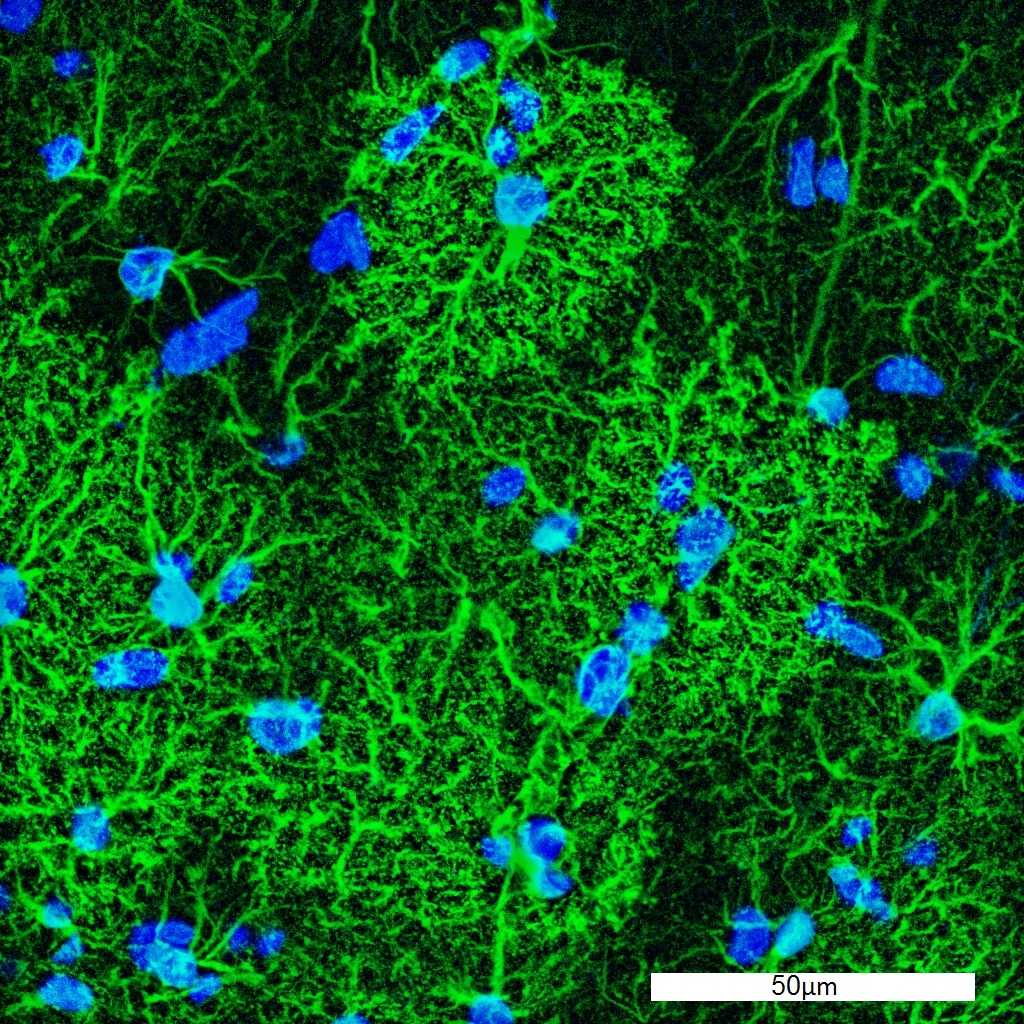
Mechanisms Involved In Chronic Pain Similar To Those In Memory Development, Say U of G Researchers
July 14, 2021

Chronic pain is prevalent in humans and their companion animals, but the reasons it manifests itself remains uncertain. As a result, people may feel misunderstood by doctors, which often leads to depression, anxiety as well as reduced physical and social functioning.
In companion animals, chronic pain may lead to euthanasia. University of Guelph researchers are at the forefront of understanding how chronic pain manifests in the brain – they said that mechanistic changes in the brain associated with memory are similar in chronic pain sufferers.
Mechanisms that cause chronic pain are strikingly similar to changes that happen in the brain when it encodes long-term memories, said Dr. Giannina Descalzi, a professor in the Ontario Veterinary College (OVC) Department of Biomedical Sciences. One of the main changes, as a result of pain, may be an increase in lactate in the brain which provides energy for the brain’s neurons.
“Our research is focused on how the brain adapts to pain,” says Descalzi. “We have found that there are similar mechanistic changes that occur with chronic pain, as seen in learning and memory development.”
Descalzi’s focus is on astrocytes which are abundant cells in the central nervous system. They are dynamic players in neuroplasticity and fundamental to the succession of chronic pain.
Neuroplasticity is the ability of brain cells to modify their function, morphology (shape, form and size), and gene expression profile. This rewiring is important for learning new concepts and for physical rehabilitation. Descalzi says it can also help us understand how chronic pain progresses in people and animals.
She and her research team have discovered that in mice, chronic pain is associated with increased metabolic demands in the prefrontal cortex, which enhances astrocyte-neuronal coupling to meet the increase in energy demands.
Astrocyte activity is enhanced by glutamate, which is a neurotransmitter that helps brain cells signal to one another. This neurotransmitter is important for learning and memory development. More recently, researchers have found that it has been important in chronic pain development.
“This crosstalk between neurons and astrocytes is also important for learning and memory,” says Descalzi. “This research suggests that pain and memory mechanisms are strongly linked.”
Chronic pain in people is complex and largely subjective and can be difficult for doctors to treat. The challenge is even greater for veterinarians treating animals.
Descalzi hopes learning about memory will help in understanding chronic pain in humans and their companion animals.
“The mammalian brain can adapt to experience,” says Descalzi. “Our knowledge of memory development can provide us insight into how chronic pain develops and how it can be mediated.”
Her research team continues to explore chronic pain mechanisms, funded by a Discovery Grant from the Natural Sciences and Engineering Research Council.
Graphic: Microscopic image of an astrocyte. It depicts hippocampal astrocytes expressing green fluorescent protein (green), and stained with DAPI (blue)
.png)